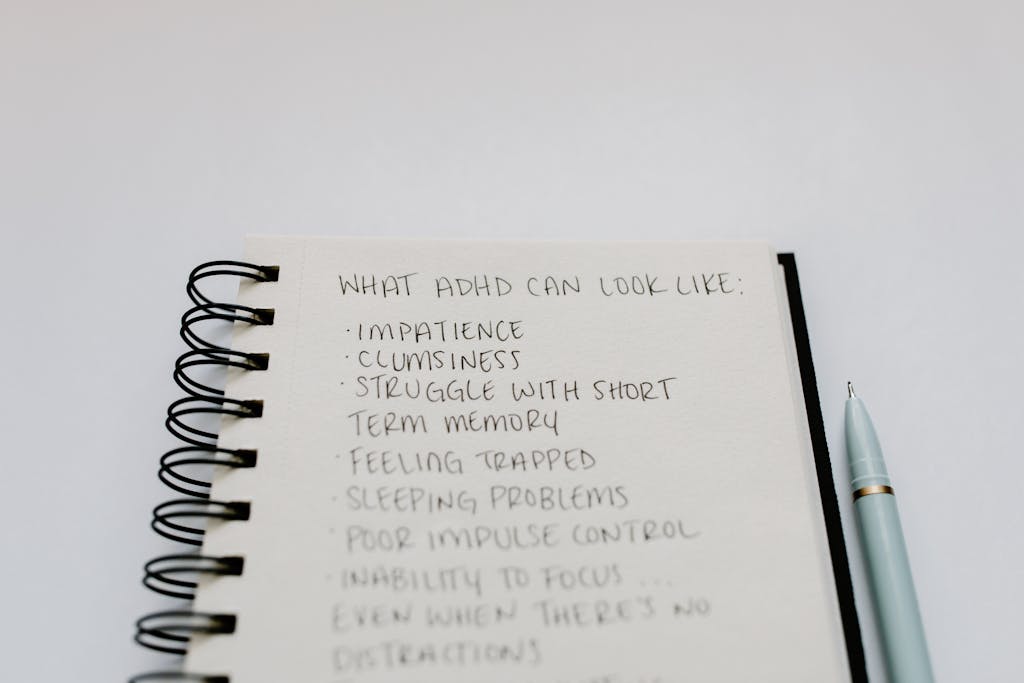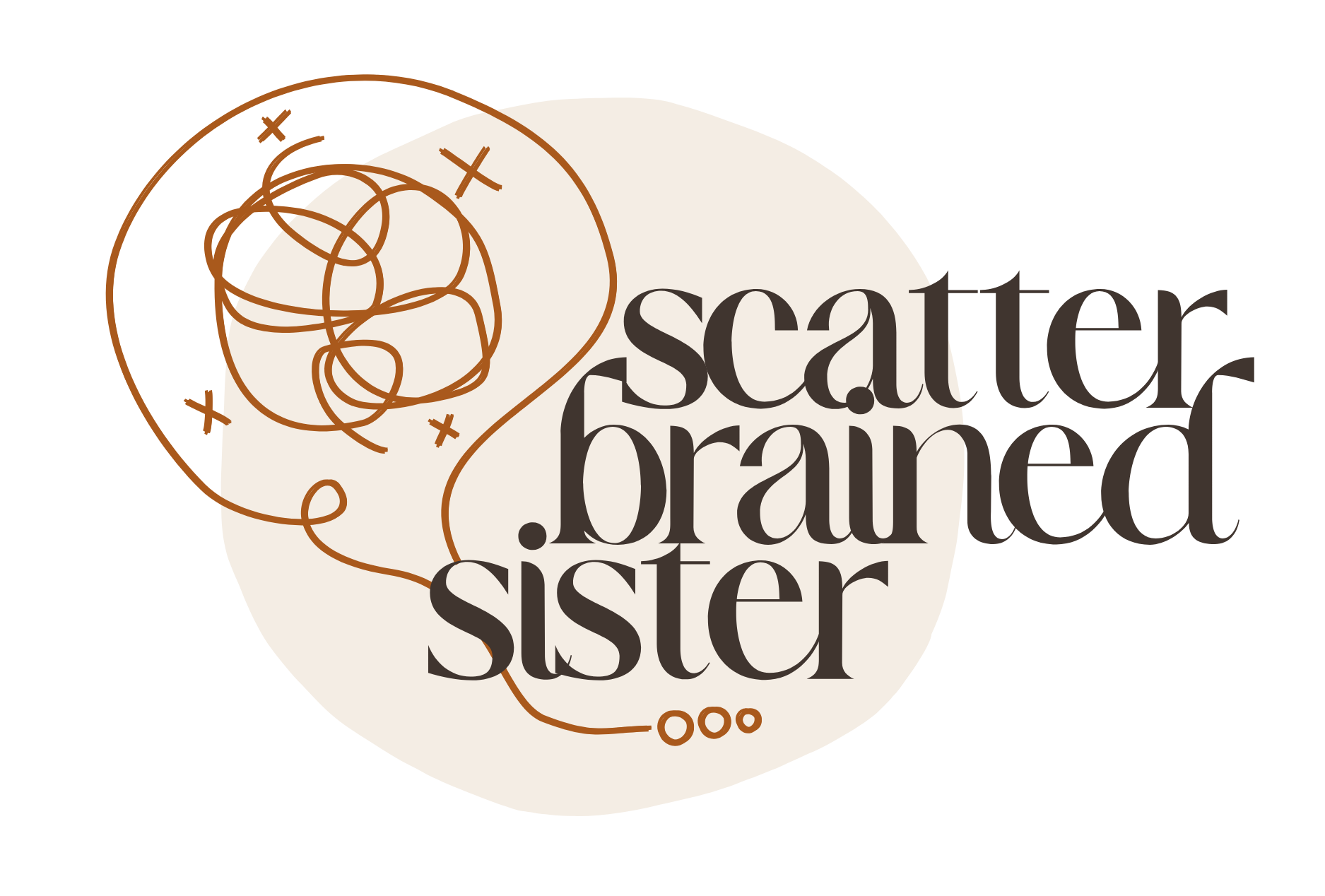Difference Between ADD and ADHD + 5 Facts That Clear Up the Confusion
TLDR: ADD is the outdated former name for ADHD, and isn’t a separate condition. The difference between ADD and ADHD is that the updated term now captures how the disorder presents across each subtype, specifically acknowledging internal symptoms that don’t appear as traditionally recognized hyperactivity.
At 24, I sat nervously in front of a screen and poured my heart out to a stranger I’d never met. It was my first telehealth session, and almost instantly, she responded, ‘You sound like you may have adult ADHD.’ I chuckled in disbelief. What she said didn’t at all match what I thought I knew. Maybe I had ADD instead, because I certainly wasn’t hyperactive. I was exhausted most of the time, overwhelmed, and scatterbrained. It had me second-guessing what the difference between the 2 even was.
For years, I thought I was simply bad at adulting, but I had to consider whether there was actually a reason everything took so much more effort. The low energy and scattered focus that hung over me like a cloud didn’t feel like random failures anymore; instead, they lined up as symptoms, and in that moment, 24 years of feeling wrong finally clicked into place.
The Short Answer
Today, ADD no longer exists as a diagnosis. It’s now classified as ADHD under three presentations: primarily inattentive, hyperactive, and combined type. Knowledge around previously dismissed manifestations gained recognition, forever changing the diagnosis to reflect the full spectrum of how ADHD presents.
5 Key Facts About the Difference Between ADD and ADHD
- ADD is an outdated term and no longer a diagnosis.
- The DSM replaced ADD with ADHD in 1987.
- What people still call ADD is actually inattentive ADHD.
- The old label overlooked girls, women, and people of color.
- ADHD can appear internally without visible hyperactivity.

Are ADD and ADHD the same thing?
Mostly, yes. What many people still call ADD is now referred to as the primarily inattentive type of ADHD.
This is because it overlaps with nearly the same outward symptoms people associate with ADD: distractibility, forgetfulness, mental drifting, and trouble starting tasks without obvious physical hyperactivity. The difference is that the older term didn’t capture the internal restlessness, emotional impulsivity, or executive dysfunction many people with this subtype experience, which is why the updated criteria and name are more accurate.
What did ADD originally mean?
ADD was a diagnostic term used before 1987, short for Attention Deficit Disorder. It described children who had noticeable difficulties maintaining focus but didn’t display hyperactive or impulsive symptoms. It failed by being too narrow to address the full experience of large populations of ADHDers, including girls, people of color, and adults.
How does ADHD present without hyperactivity?
Even without visible restlessness, ADHD can show up internally and impact daily life. These traits are easy to overlook because they don’t match the loud, disruptive stereotype most people imagine.
- Mental restlessness (busy mind even when the body is still)
- Difficulty sustaining focus on tasks that aren’t stimulating
- Forgetfulness in daily tasks
- Trouble starting tasks even when they feel important
- Losing track of thoughts mid-conversation
- Zoning out or staring off without realizing it
- Daydreaming that feels automatic rather than intentional
- Getting overwhelmed by too many steps
- Difficulty switching between tasks
- Slow task initiation (feeling “stuck” before beginning)
- Organizing thoughts takes extra effort
- Fatigue from masking or overcompensating
- Quiet impulsivity (buying, clicking, saying yes too fast)
- Emotional intensity or quick frustration
- Appearing calm while internally overstimulated
If you’ve lived with these traits without ever having language for them, the Inattentive ADHD in Women Checklist might be a helpful place to start.

Why do people still use the word ADD?
Ironically, I’ve had people in real life argue with me (someone who thoroughly researches, writes about, and even has the disorder) that ADD is the correct terminology alongside ADHD.
This stems from the fact that ADD was used for so long that when ADHD was adopted as the proper name, many assumed it was a completely different condition rather than an updated label. It makes sense, especially for adults who grew up hearing that term and held onto it because it fit their experience better than the more noticeable physical representation of ADHD.
Doctors, teachers, and even early mental health websites continued using the term long after the DSM retired it, which extended its usage.
Takeaway
If you’ve been struggling with something your whole life and the obvious explanations don’t fit, maybe the answers are wrong, not you. I spent 24 years living with a disability that severely impacted my ability to function day to day because I didn’t match the stereotypical presentations of ADHD, but it turned out the definition was just too narrow. This happens more than we think.
We get stuck believing we’re flawed or lazy because we don’t match the textbook version of whatever we’re dealing with.
Still, medical understanding evolves, stereotypes get challenged, and sometimes what feels “wrong” with you is actually just a different way of being human that hasn’t been properly recognized yet. The shift from ADD to ADHD shows how expanding definitions can suddenly make visible all the people who were there all along.
Accurate representations help us find better resources and stop the second-guessing about whether what we’re dealing with is even real. If something about your daily struggles feels familiar but doesn’t match what you’ve been told to look for, trust that feeling. The categories might need updating, not you.
Disclaimer: The content on Scatterbrained Sister is for informational and reflective purposes only and isn’t a substitute for professional medical advice, diagnosis, or treatment. Always consult your healthcare provider with questions about ADHD or any other condition. These experiences are personal and may not apply to everyone.






